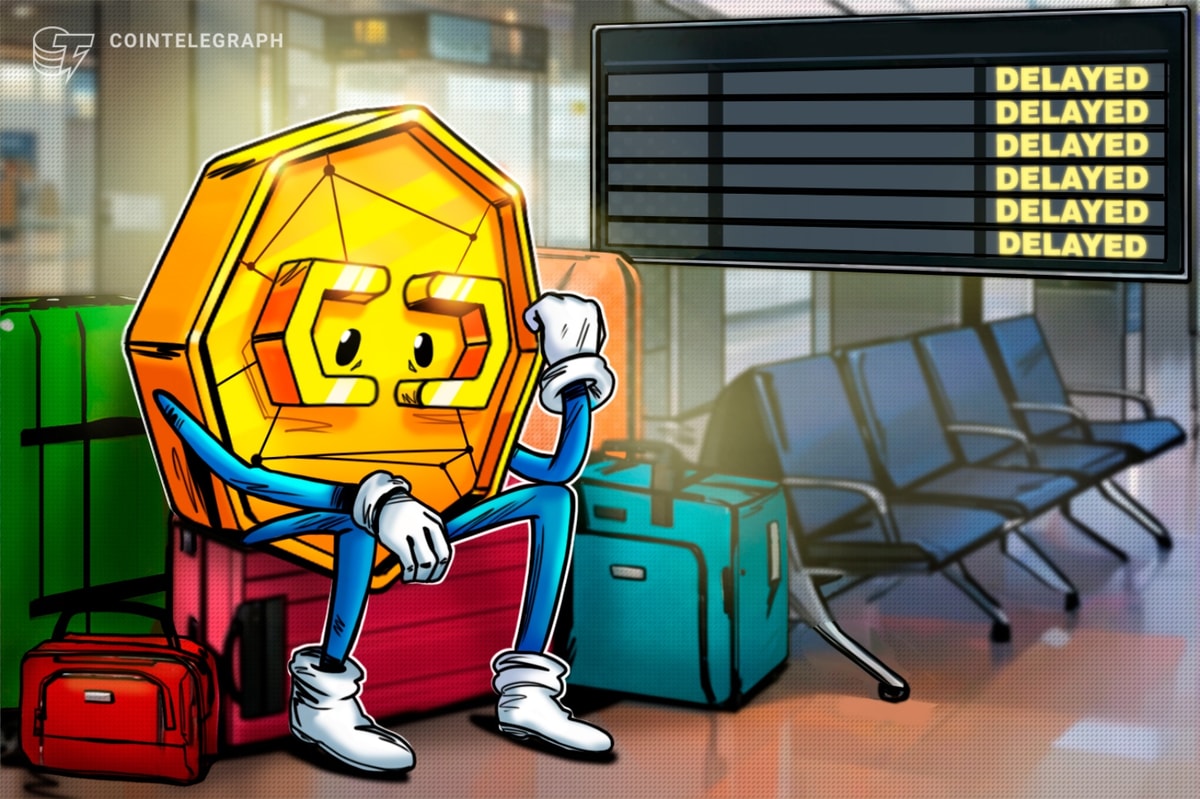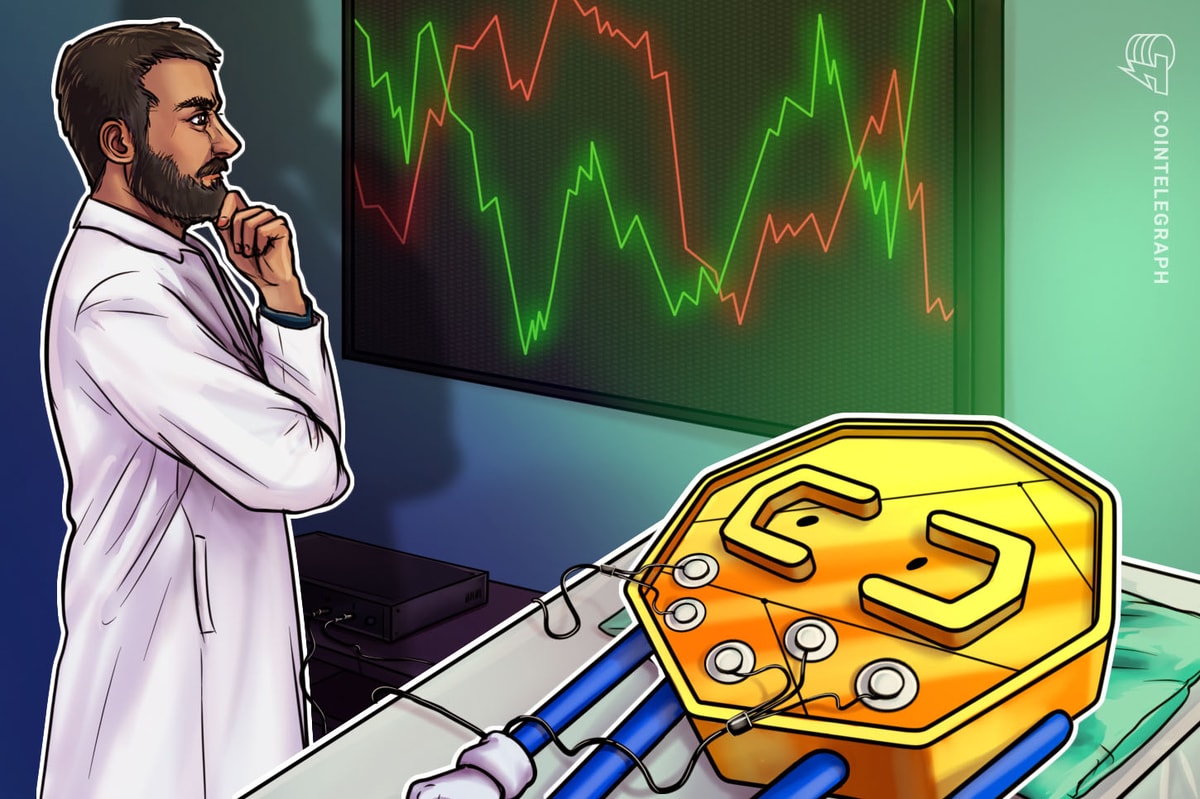DePIN, or Decentralized Physical Infrastructure Networks, is gaining traction in the Web3 industry, promising to leverage blockchain, Internet of Things, and physical infrastructure for the common good of participants and, ideally, the world at large. DePIN’s addressable market is currently valued at ~$2.2 trillion and can reach ~$3.5 trillion by 2028, according to Messari.
In this interview, Raullen Chai, Co-founder of IoTeX, discusses the current state of the DePIN landscape and how DePIN is blurring the lines between the digital and physical realms.
Cointelegraph: DePIN is expected to be one of the biggest trends in the near future. Could you please explain its significance and what it actually represents?
Raullen Chai: DePIN, or Decentralized Physical Infrastructure Networks, is transforming how we build and maintain real-world infrastructure by adding the power of the internet and blockchain. It’s the next stage in the evolution of the Internet of Things, providing much broader access and governance to participants. At IoTeX, we’re big believers in the idea that the infrastructure of the future should be open, permissionless, and built by as many network participants as possible.
DePIN is an ideal example of a fair “sharing economy”: it allows individuals and companies to build and deliver services while earning financial benefits and ownership shares through token incentives in global marketplaces 24/7. It also unleashes new levels of innovation across multiple industries by removing barriers to entry. For example, DePIN sharing economies can create the next decentralized Uber or Airbnb as well as the democratic version of OpenAI and ChatGPT, powered and owned by its contributors.
CT: In the DePIN ecosystem, what is the function of the blockchain and middleware, and which protocols are essential to the current DePIN landscape?
RC: The blockchain layer acts as a composability medium for data and networks, as it's critical for token settlement, reward distribution, and service exchange. We can identify three types: DePIN-specific blockchains, general-purpose, and app-chain.
For example, IoTeX combines its scalable blockchain, off-chain compute middleware for DEPIN verification, and open hardware built for DePIN needs. On the other hand, general-purpose blockchains such as Ethereum, Solana, and Polygon provide a flexible and secure foundation for various DApps and smart contracts. App-chain blockchains, as seen in ecosystems such as Polkadot and Cosmos, allow the creation of specialized chains for different services, increasing efficiency and integration within the DePIN ecosystem.
The middleware layer acts as the connectivity fabric enabling seamless interaction between the decentralized digital realm of blockchains and existing physical-world infrastructure. It is a critical component enabling true decentralized orchestration across storage, routing and computing.
For example, decentralized storage such as Filecoin enables permissionless persistence of critical system data powering DePIN operations and governance. Decentralized data routing like Streamr or NKN and computing including IoTeX W3bstream allows open participation in transmission, analytics, and proof logic across DePIN devices and applications - uniquely bridging decentralized properties of transparency, resilience and coordination to real-world infrastructure.

CT: Could you explain in more detail how developers benefit from the composability of DePIN?
RC: You can mix and match various modules to build robust decentralized networks and DApps. Each module serves a distinct function — from creating and managing DePINs (like Infra), secure token and asset management (ioPay), to ensuring device security (IoTeX ioID) and decentralized data storage (Filecoin). The Hardware module integrates physical components into the network, and Crosschain ensures interoperability across blockchain ecosystems.
CT: Can you give us some examples of prominent DePIN projects or use cases?
RC: To illustrate DePIN’s capabilities, I’d like to make some classifications. Most projects can be grouped into either Physical Resource Networks or Digital Resource Networks. The names speak for themselves: Physical Resource Networks focus on deploying devices, sensors, and hotspots, while Digital Resource Networks use CDNs, VPNs, AI, and general and specialized computing resources.
With Physical Resource Networks, you can tailor your devices for very specific cases, such as WeatherXM, which rewards weather station owners. Another approach, Bring Your Own Device, is more open, allowing any compatible sensor or device to connect to the network. Some health apps of this type allow you to share data from your wearables and fitness trackers in exchange for benefits and health services.
The biggest part of Physical Resource Networks relies on sensors that collect data from the physical world. This includes mobility sensors for transportation data, mapping sensors for geographic and topographic data, and location sensors for pinpointing geographical coordinates. If we speak about specific use cases, energy sensors play a key role in monitoring and optimizing energy consumption, while environmental sensors track various environmental aspects like air quality and weather conditions. In supply chain management, sensors track the location and condition of goods during transportation and logistics operations.

CT: What about Digital Resource Networks?
RC: As I said earlier, they deploy hardware to benefit users. CDNs, such as Saturn and Meson, significantly improve content delivery and user experience by reducing latency. VPNs like Orchid and Mysterium secure online communications, ensuring data privacy. Web browsers, including Presearch and Brave, are key for efficient internet navigation while computing resources like Render and Akash handle various computing tasks. Lastly, AI capabilities, from machine learning models to specialized hardware marketplaces like Gensyn and Exabits, are advancing AI applications, making these networks not just versatile but also powerful in shaping the future of web service.
CT: With so many existing and upcoming products in this area, how can one keep up with DePIN projects?
RC: You can find virtually all existing DePIN projects through the IoTeX DePINscan — an aggregator of DePIN devices in the form of an interactive map that receives data through the W3bstream, our decentralized off-chain compute network, and 3rd party APIs. It's a useful tool for developers, founders, and investors to see the geography of devices, identify potential collaborations with shared data layers, and make the right decisions for their product and marketing strategies.
For more DePIN updates and opportunities, developers can also join our IoTeX Community, Developer Portal, and Halo Grants Program to access support, tools, and all the information they need to build their own DePIN DApps. As more of these projects are developed and deployed, we expect to see significant disruption and innovation in how we build and maintain physical infrastructure networks.
Disclaimer. Cointelegraph does not endorse any content or product on this page. While we aim at providing you with all important information that we could obtain in this sponsored article, readers should do their own research before taking any actions related to the company and carry full responsibility for their decisions, nor can this article be considered as investment advice.












